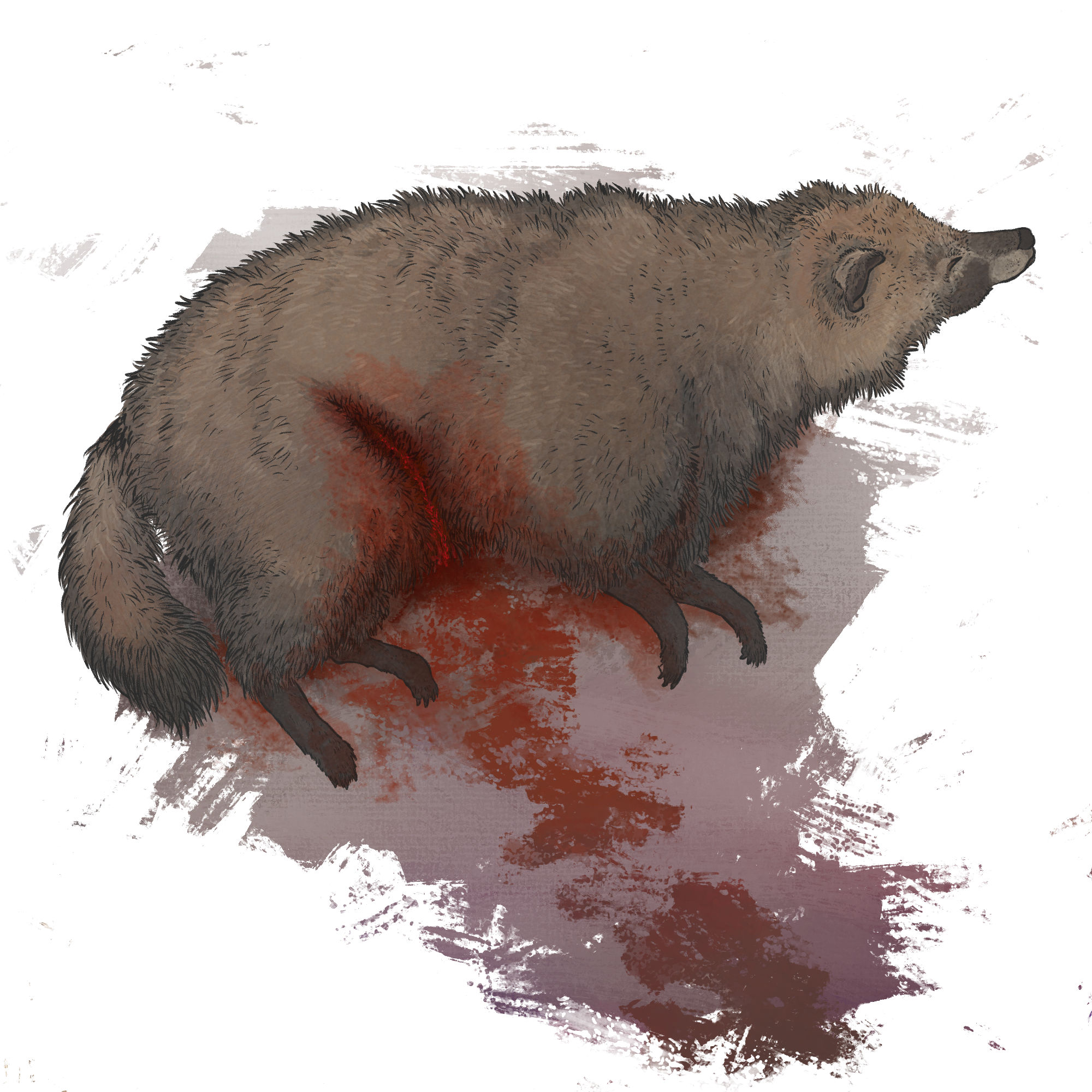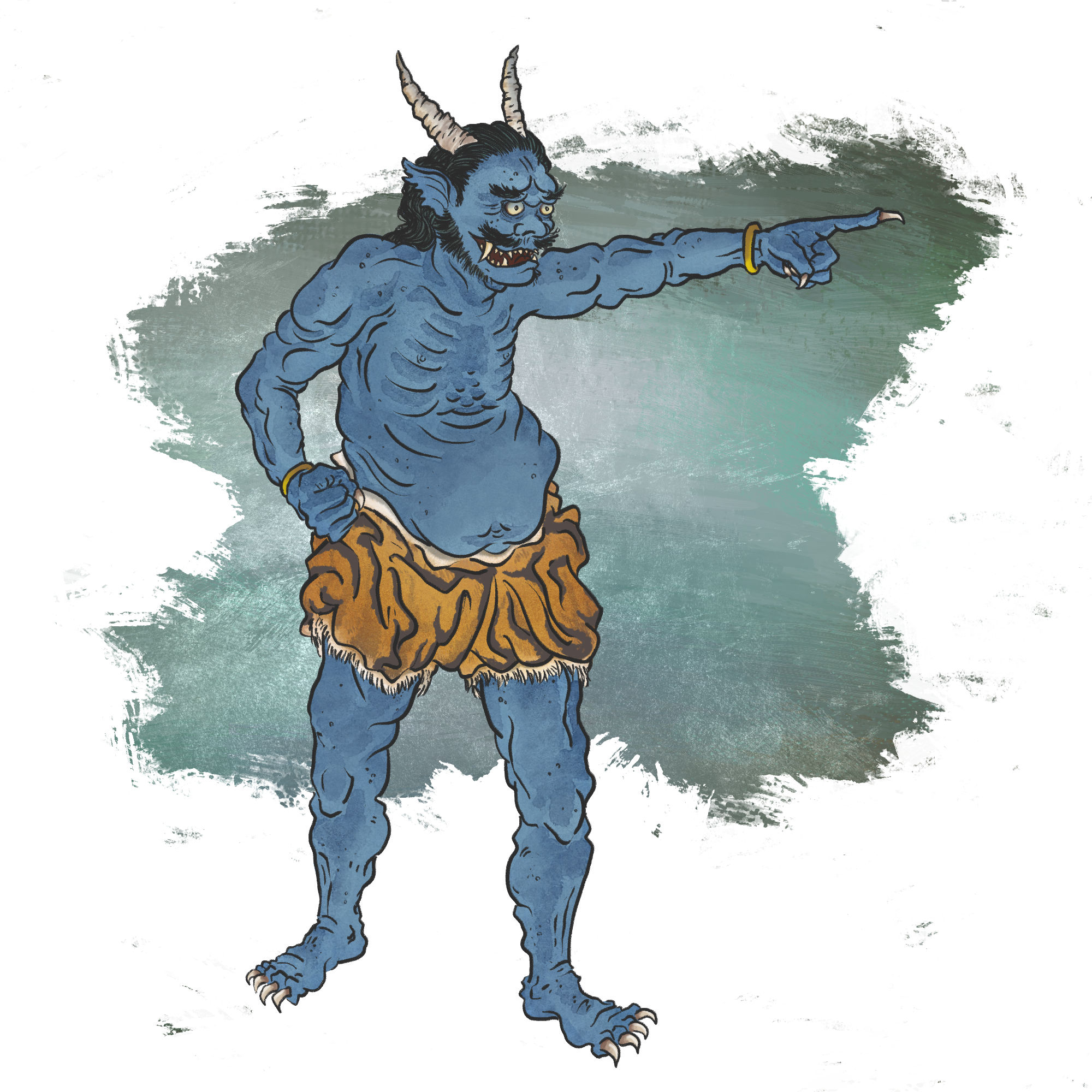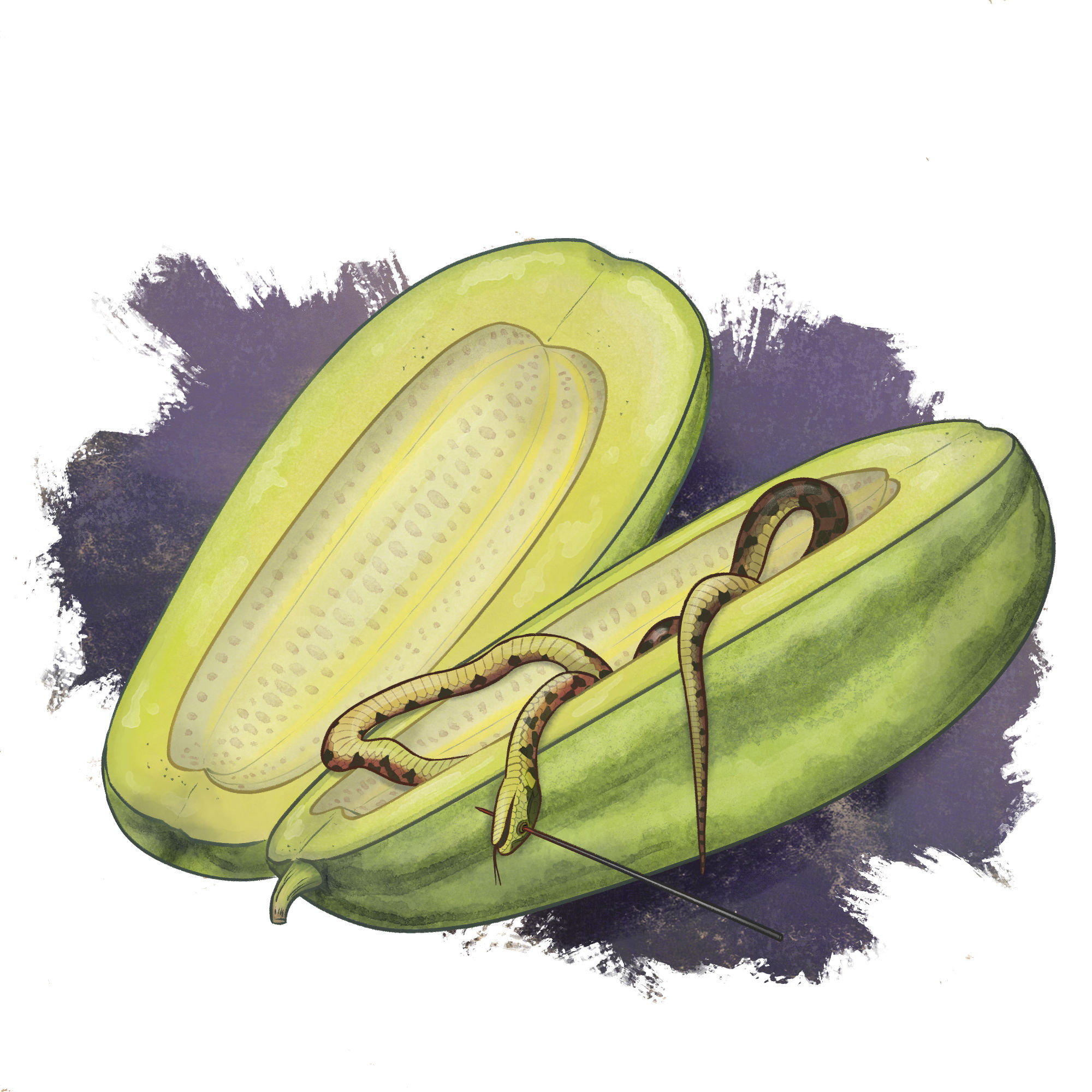Tonight’s story describes the workings of one of the most popular yokai there is: a tengu. But first, there’s a few cultural terms to talk about in this story.
First, the subject of the illustration: a kamuro. Kamuro (also sometimes kaburo, as with the yokai ōkaburo) is a word that describes several things depending on the era; a hairstyle involving a mostly-shaved head that was common in the late Edo period; a hair style that was not shaven, but instead bobbed used until the middle Edo period; the children who wore such hairstyles; and young girls employed as handmaids in high end brothels. Since this book was written in the early Edo period, kamuro would have referred to a child, who would have had a bobbed hairstyle.
Secondly, the comment “They would never let Benkei do that all by himself.” This is a reference to a massively famous legendary warrior monk about whom many stories were written. One of his most famous legends is about how he died. After the Genpei War and the destruction of the Heike, the brothers Minamoto no Yoshitsune and Minamoto no Yoritomo fought with each other over who would be the ruler of Japan. Benkei was one of Yoshitsune’s retainers, and fought by his side at the Battle of the Koromo River. When Yoshitsune’s army was encircled and all but defeated, Benkei told his master to flee, then stayed behind and single-handedly held off the enemy army by guarding a bridge. Not one of Yoritomo’s men was brave enough to cross the bridge to fight the legendary monk. Instead, they rained arrows down upon him. When dust cleared and the arrows stopped falling, they looked out and saw Benkei still standing on the other side of the bridge. Eventually, they found the courage to cross the bridge, and they discovered that the brave monk had died standing up! Talk about epic.
Now on to the yokai… Although we don’t actually see the tengu in the story — we just see the results of its magic and its personality. Tengu are famous for their disdain of prideful people, just as was the case in the tengu story we saw earlier this month. Tonight’s story is no exception. Imagine having the pride and boldness to walk on top of a child and then use the toilet right in front of their face!
The Arrogance of Ukita of Bizen Province’s Widow
In Bizen Province there was a certain woman who was known as the widow of Ukita. One night, to alleviate her boredom, she had some dancers perform for her. They performed “Takadachi,” and as she listened to them recite the part where Benkei makes his final stand, she chortled, “They would never let Benkei do that all by himself…” Then, laughing, she stepped out into the courtyard to use the outhouse.
When she opened the door of the outhouse, there was a kamuro about twelve or thirteen years old lying across the floor. The kamuro looked up at the widow and grinned. The widow was dauntless by nature, so without hesitation, she locked the door, trampled across the kamuro, and then leisurely relieved herself. Then she coolly left the outhouse and walked several meters, when she heard a dry cackle behind her that pierced right through her ears. She thought she was going to be pulled backwards, but she fell flat on her face right where she stood.
Everybody was surprised, and they ran outside to find the widow fainted. When they somehow managed to revive her, she came to her senses and told them what had happened. It is said that a tengu arranged this punishment because the widow was so arrogant.







